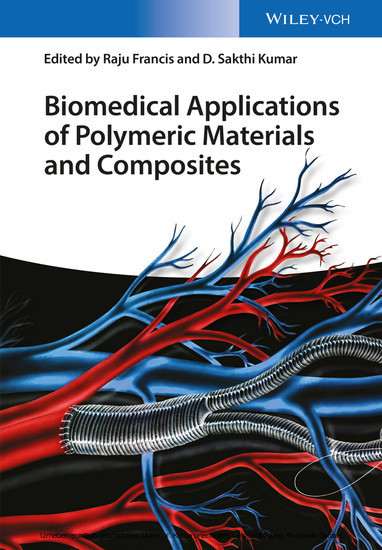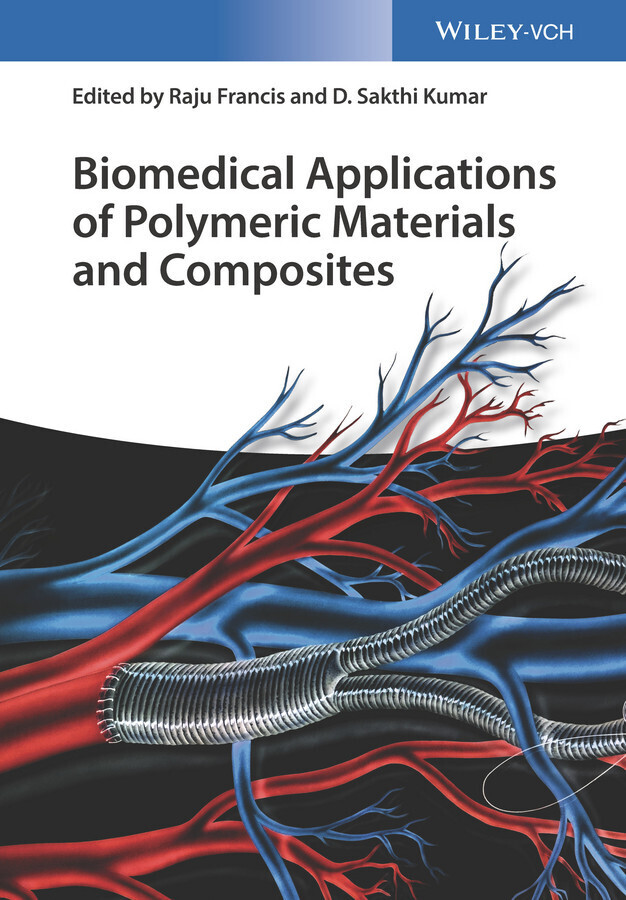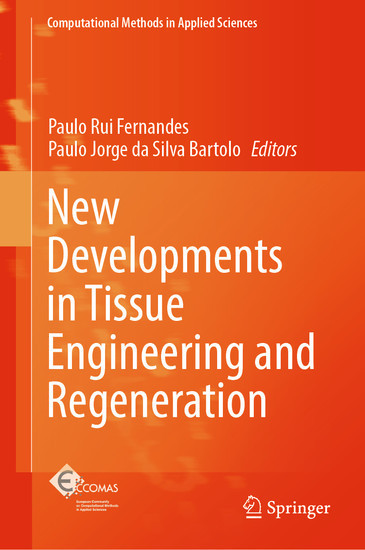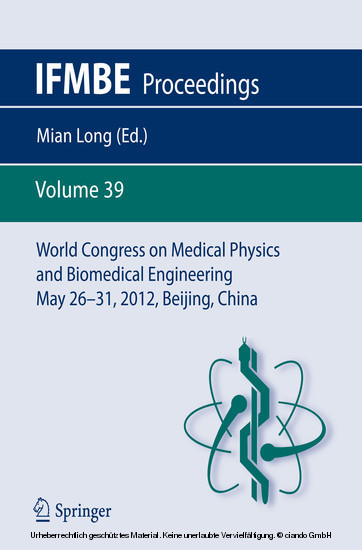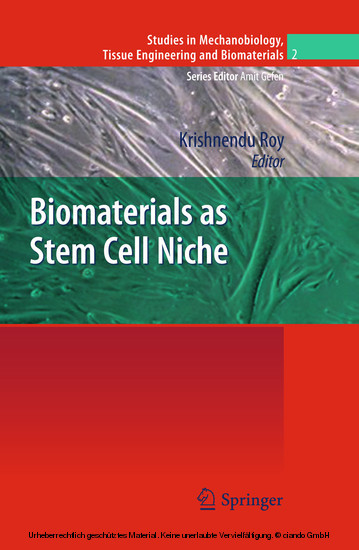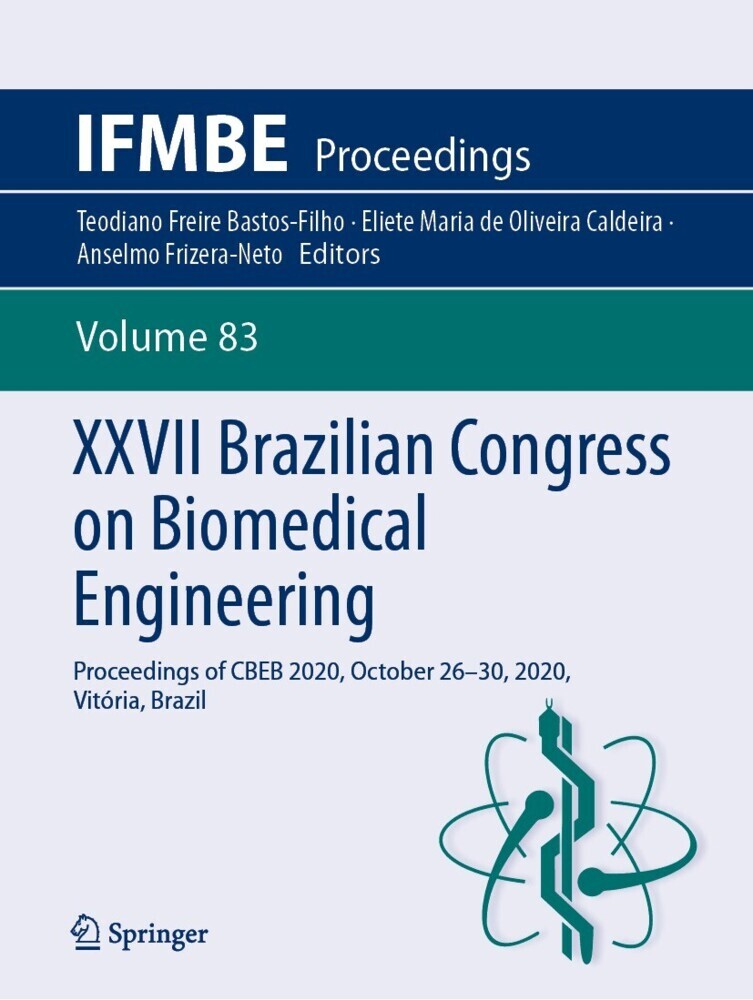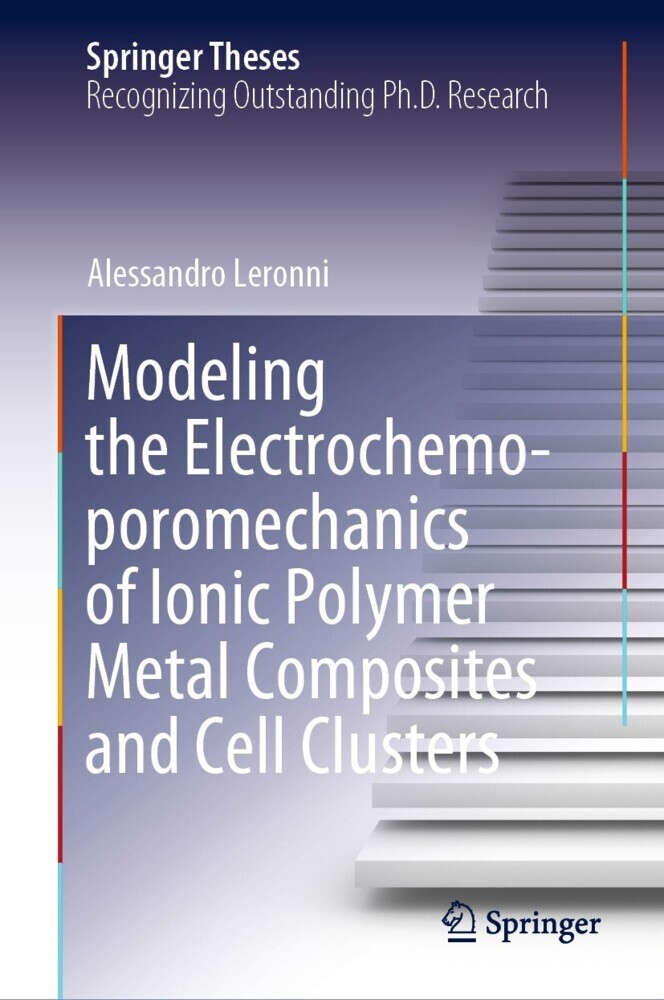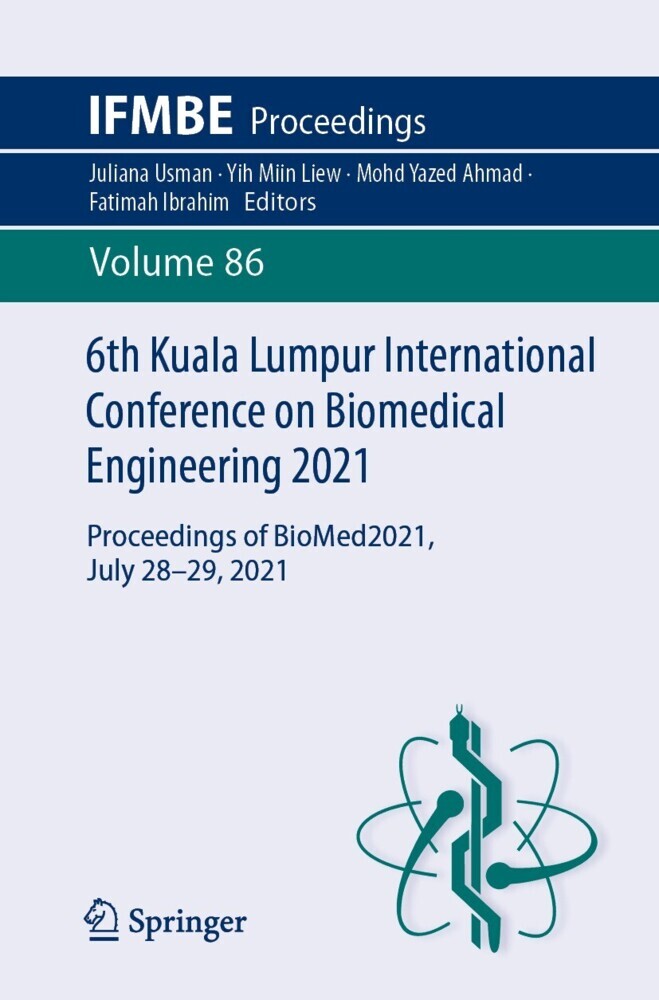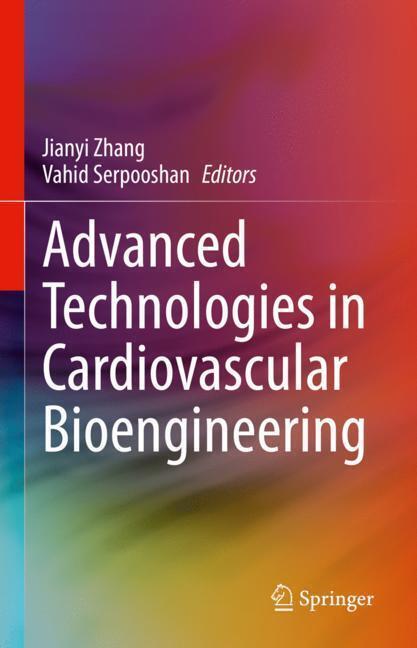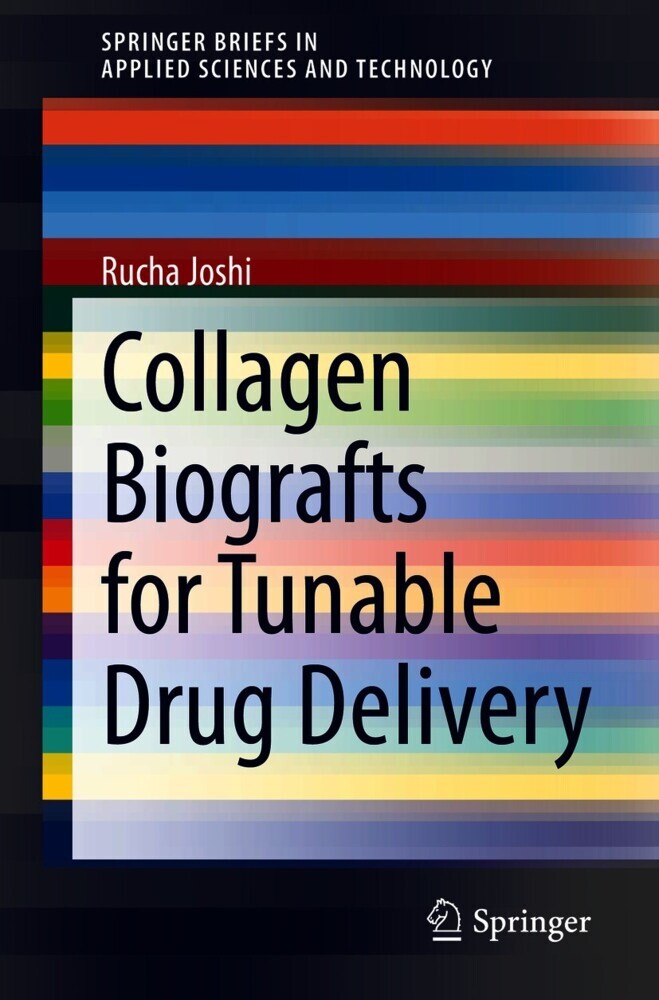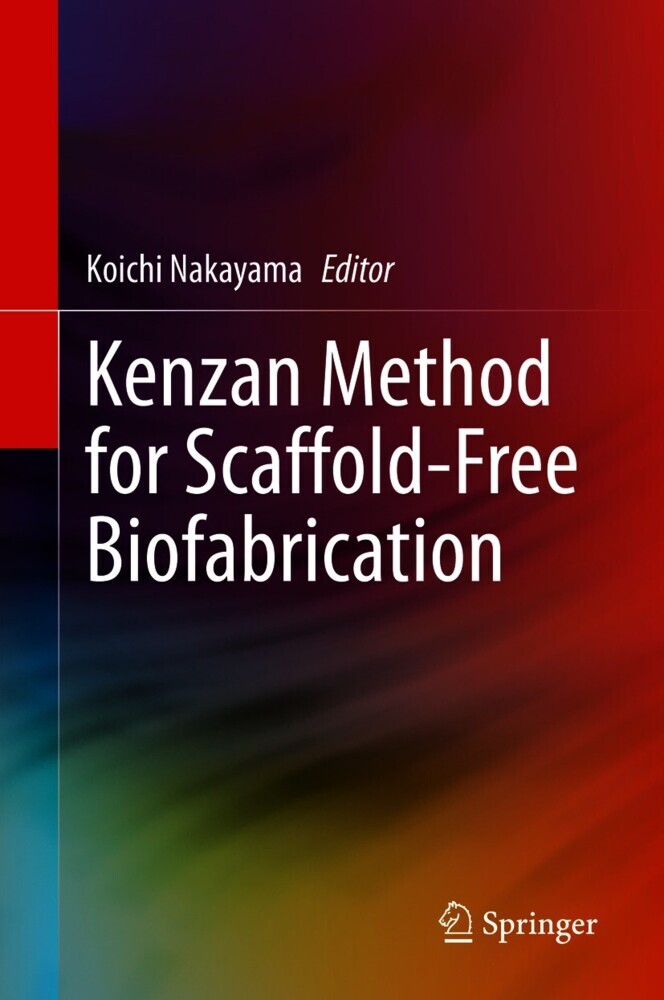Biomedical Applications of Polymeric Materials and Composites
With its content taken from only the very latest results, this is an extensive summary of the various polymeric materials used for biomedical applications.
Following an introduction listing various functional polymers, including conductive, biocompatible and conjugated polymers, the book goes on to discuss different synthetic polymers that can be used, for example, as hydrogels, biochemical sensors, functional surfaces, and natural degradable materials. Throughout, the focus is on applications, with worked examples for training purposes as well as case studies included. The whole is rounded off with a look at future trends.
Raju Francis is associate professor at Mahatma Gandhi University, Kottayam, India. He obtained his PhD degree in chemistry from NIIST (RRL-T), University of Kerala, India, in 1998 and completed his postdoc at the University of Bordeaux, France, and at the University of Florida, USA. He was an exchange visitor at Toyo University, Japan, and at King Abdullah University of Science & Technology, Saudi Arabia. His research interests include polymer-synthesis and applications, hybrid materials and environmental chemistry.
D. Sakthi Kumar is professor in the Graduate School of Interdisciplinary New Science and Deputy Director of the Bio Nano Electronics Research Center of Toyo University, Japan. He obtained his PhD in physics from the Mahatma Gandhi University in Kottayam, India, in 1998. After completing his postdoc at the Thin Film Lab at the Indian Institute of Technology in New Delhi, India, he moved to Toyo University. His research interests include nanodrug delivery, polymers and nanomaterials for biomedical applications, Bio Nano Electronics and Bio/Chemical sensors.
Following an introduction listing various functional polymers, including conductive, biocompatible and conjugated polymers, the book goes on to discuss different synthetic polymers that can be used, for example, as hydrogels, biochemical sensors, functional surfaces, and natural degradable materials. Throughout, the focus is on applications, with worked examples for training purposes as well as case studies included. The whole is rounded off with a look at future trends.
Raju Francis is associate professor at Mahatma Gandhi University, Kottayam, India. He obtained his PhD degree in chemistry from NIIST (RRL-T), University of Kerala, India, in 1998 and completed his postdoc at the University of Bordeaux, France, and at the University of Florida, USA. He was an exchange visitor at Toyo University, Japan, and at King Abdullah University of Science & Technology, Saudi Arabia. His research interests include polymer-synthesis and applications, hybrid materials and environmental chemistry.
D. Sakthi Kumar is professor in the Graduate School of Interdisciplinary New Science and Deputy Director of the Bio Nano Electronics Research Center of Toyo University, Japan. He obtained his PhD in physics from the Mahatma Gandhi University in Kottayam, India, in 1998. After completing his postdoc at the Thin Film Lab at the Indian Institute of Technology in New Delhi, India, he moved to Toyo University. His research interests include nanodrug delivery, polymers and nanomaterials for biomedical applications, Bio Nano Electronics and Bio/Chemical sensors.
1;Cover;1 2;Title Page;7 3;Copyright;8 4;Contents;9 5;List of Contributors;17 6;Preface;21 7;Chapter 1 Biomaterials for Biomedical Applications;25 7.1;1.1 Introduction;25 7.2;1.2 Polymers as Hydrogels in Cell Encapsulation and Soft Tissue Replacement;26 7.3;1.3 Biomaterials for Drug Delivery Systems;28 7.4;1.4 Biomaterials for Heart Valves and Arteries;31 7.5;1.5 Biomaterials for Bone Repair;33 7.6;1.6 Conclusion;35 7.7;Abbreviations;36 7.8;References;37 8;Chapter 2 Conducting Polymers: An Introduction;45 8.1;2.1 Introduction;45 8.2;2.2 Types of Conducting Polymers;48 8.2.1;2.2.1 Poly(thiophene);50 8.2.2;2.2.2 Poly(para-phenylenevinylene);50 8.2.3;2.2.3 Poly(carbazole);51 8.2.4;2.2.4 Polyaniline;51 8.2.5;2.2.5 Polypyrrole;51 8.3;2.3 Synthesis of Conducting Polymers;52 8.4;2.4 Surface Functionalization of Conducting Polymers;52 8.4.1;2.4.1 Physical-Chemical Modifications;53 8.4.2;2.4.2 Electrical Property Modification;53 8.4.3;2.4.3 Mechanical Property Modification;54 8.5;Abbreviations;54 8.6;References;55 9;Chapter 3 Conducting Polymers: Biomedical Applications;61 9.1;3.1 Applications;61 9.1.1;3.1.1 Drug Delivery;64 9.1.1.1;3.1.1.1 Release and Diffusion;66 9.1.1.2;3.1.1.2 Targeting and Delivery;68 9.1.2;3.1.2 Electrode Coating;73 9.1.3;3.1.3 Biological Sensors;75 9.1.4;3.1.4 Bioactuators;86 9.1.5;3.1.5 Tissue Engineering Applications;87 9.1.5.1;3.1.5.1 Neural Applications;89 9.1.5.2;3.1.5.2 Cardiovascular Applications;92 9.1.5.3;3.1.5.3 Applications in Brain Recording;93 9.1.5.4;3.1.5.4 Applications in Scaffolds;94 9.2;3.2 Conclusions;96 9.3;Abbreviations;96 9.4;References;97 10;Chapter 4 Plasma-Assisted Fabrication and Processing of Biomaterials;115 10.1;4.1 Introduction;115 10.1.1;4.1.1 Plasma in Medicine;117 10.1.2;4.1.2 Plasma Sterilization;117 10.1.3;4.1.3 Plasma Treatment of Cells;119 10.1.4;4.1.4 Plasma-Assisted Surface Modification;120 10.1.5;4.1.5 Plasma Functionalization;123 10.1.6;4.1.6 Plasma-Enabled Synthesis of Polymers;125 10.1.7;4.1.7 Plasma-Enhanced Fabrication of Amorphous and Graphene-Like Carbon;127 10.1.7.1;4.1.7.1 Plasma Polymerized Diamond-Like Carbon (DLC) Films;127 10.1.7.2;4.1.7.2 DLC films as Hemocompatible Coatings;128 10.1.7.3;4.1.7.3 DLC Films as Antibacterial Coatings;130 10.1.7.4;4.1.7.4 DLC Films as Corrosion Resistant and Low Wear Coatings;132 10.1.7.5;4.1.7.5 Efficacy of DLC Films Tested in vivo;135 10.1.7.6;4.1.7.6 Plasma-Enhanced Synthesis of Graphene and Carbon Nanoparticles;136 10.2;4.2 Conclusion;137 10.3;References;138 11;Chapter 5 Smart Electroactive Polymers and Composite Materials;149 11.1;5.1 Introduction;149 11.2;5.2 Types of Electroactive Polymers;150 11.3;5.3 Polymer Gels;150 11.4;5.4 Conducting Polymers;153 11.5;5.5 Ionic Polymer-Metal Composites (IPMC);155 11.6;5.6 Conjugated Polymer;156 11.7;5.7 Piezoelectric and Electrostrictive Polymers;157 11.8;5.8 Dielectric Elastomers;159 11.9;5.9 Summary;161 11.10;References;161 12;Chapter 6 Synthetic Polymer Hydrogels;165 12.1;6.1 Introduction;165 12.2;6.2 Polymer Hydrogels;165 12.3;6.3 Synthetic Polymer Hydrogels;166 12.3.1;6.3.1 Methods to Synthesis Hydrogels;167 12.3.1.1;6.3.1.1 Physical Cross-Linking;167 12.3.1.2;6.3.1.2 Chemical Cross-Linking;168 12.3.1.3;6.3.1.3 Radiation Cross-Linking;168 12.3.2;6.3.2 Examples of Synthetic Polymer Hydrogels;169 12.3.2.1;6.3.2.1 Poly(acrylic acid) and its Derivatives;169 12.3.2.2;6.3.2.2 Poly(ethylene oxide) (PEO) and its Copolymers;172 12.3.2.3;6.3.2.3 Poly(vinyl pyrrolidone) (PVP);174 12.3.2.4;6.3.2.4 Poly(vinyl alcohol) (PVA) Hydrogel;175 12.3.2.5;6.3.2.5 Polypeptide Hydrogels;176 12.3.3;6.3.3 Properties of Synthetic Polymer Hydrogels;177 12.3.3.1;6.3.3.1 Smart Polymer Hydrogels;177 12.3.3.2;6.3.3.2 Swelling Property;178 12.4;6.4 Applications of Synthetic Polymer Hydrogels;179 12.5;6.5 Conclusion;180 12.6;Abbreviations;180 12.7;References;181 13;Chapter 7 Hydrophilic Polymers;187 13.1;7.1 Introduction;187 13.2;7.2 Classification;187 13.2.1;7.2.1 Natural Hydrophilic Polymers;188 13.2.1.1;7.2.1.1
| ISBN | 9783527690947 |
|---|---|
| Artikelnummer | 9783527690947 |
| Medientyp | E-Book - PDF |
| Copyrightjahr | 2016 |
| Verlag | Wiley-VCH |
| Umfang | 416 Seiten |
| Sprache | Englisch |
| Kopierschutz | Adobe DRM |

